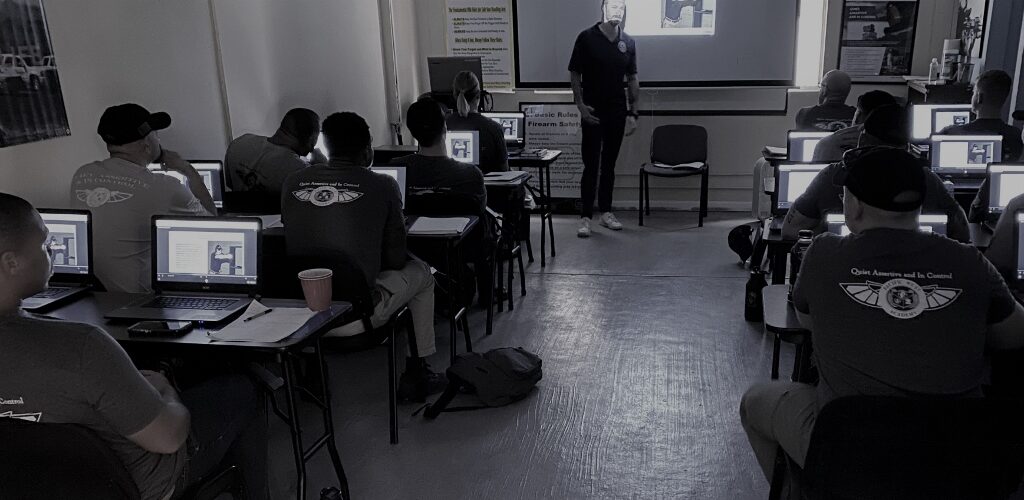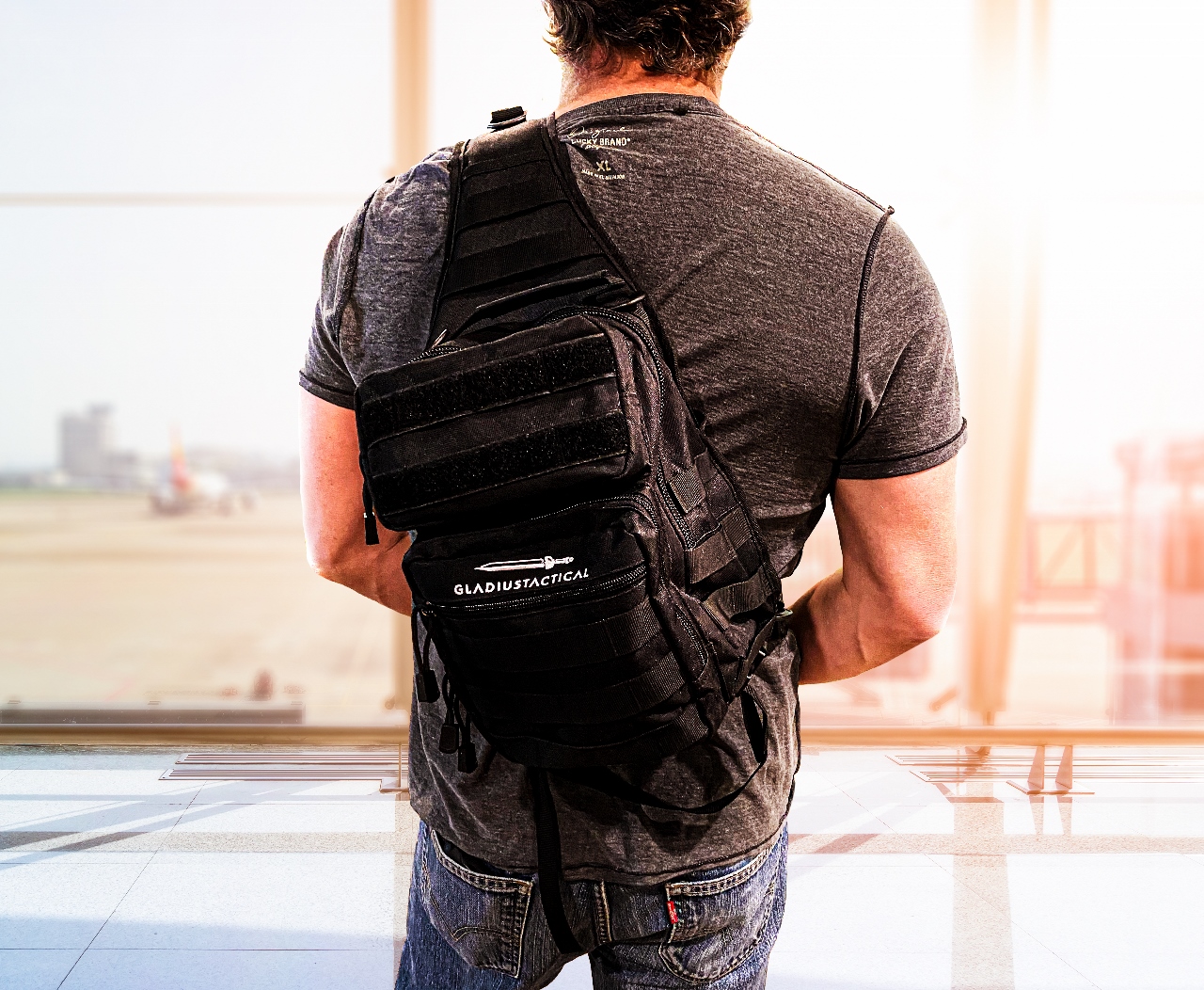

Basic Executive Protection Loadout
Basic Executive Protection Loadout
The array of tools and support available to the modern-day Executive Protection (EP) Agent are vast and will differ depending on the detail or task at hand. With high tech equipment and tactical gear flooding the market it can sometimes be overwhelming for Agents to know where to begin when it comes to a basic gear load out. In this blog I am going to discuss some of the fundamental equipment that I try to keep on hand whenever on assignment.
Before we get started, I think it is important to define the basic roles and responsibilities of an EP Agent. An EP Agent is a highly trained individual who’s responsibility is to protect a specific individual, group of individuals or their assets. This role does not only include protection from physical threats, but also includes the overall well being of a client, whether it be their reputation, mental health or well-being. EP Agents work in different capacities and in different environments around the world, often having to travel in a moment’s notice. A seasoned EP Agent will have set gear loadouts for different situations and will use their experience and knowledge to augment or design these loadouts according to the specifics of a detail and their roles and responsibilities while working it. There are several factors that will dictate what gear or equipment should be included in a loadout, but here is a basic list of things that I try to carry in my bag for most situations.
Communication Equipment: The ability to communicate is paramount when working in a protective role. Whether you are communicating with a client, team members or coordinating things from a logistical standpoint, it is always important to have at least one piece of communication equipment (I recommend a backup) that has been tested and used in the specific environment in which you are expected to operate. You should be familiar with the equipment and how it operates and you should always have a means of recharging this equipment. Whether it is a cell phone, radio or sat-phone, you should always carry extra batteries, charging systems, portable power banks etc. A set of communication accessories may also be necessary: mouthpiece(mic), blue tooth/ standard headphones or an ear-piece may be needed, depending on the situation.
Tactical Flashlight: The ability to see in the dark can be useful in a variety of situations. Whether it’s searching a dark vehicle, under a hotel bed or simply having a visible means of communication with teammates in low light conditions, I have never regretted carrying this small tool. And lets not forget, although alot of EP details take place in well lit, daytime environments, you can never be assured that your gig won’t get extended into the night. Cellphone lights are great to have, but having a compact light with high levels of illumination can be useful in a lot of situations, especially if you need to use it while you are talking on your phone. I personally like to keep my phone light as a backup.
Medical Equipment: A lot of EP details are relatively low risk, and you are more likely to be wrapping a sprained ankle or cleaning a scrape than needle decompressing a tension pneumothorax, but having the ability to stop bleeds, apply a splint, wrap a wound and establish airways, among other things, is a top level priority to most professional protectors. No matter the detail, I will always carry a small Individual First Aid Kit (IFAK) on my person and a more extensive trauma kit (including an AED) within access (vehicle, hotel room etc). The types of supplies that you decide to pack will be determined by different factors: Location, threat assessment, environment, client needs etc. If your location will put you and your client(s) further away from EMS, it is important to have the ability to stabilize your client(S) until you can reach a higher level of care. Also, specific medical materials or medications may be needed if your client has or is likely to suffer from a certain condition or ailment. Remember, if you are going to carry medical supplies, you should be well versed in how to properly use them!!!
Multi-Tool: A small multi-tool can be handy in countless situations, whether you are using a screwdriver to access a battery pack or need a small knife to open a package, these tools are small and compact and don’t take up much room.
Personal Protective Equipment (PPE): In today’s current climate, more than ever, it is important to carry PPE. This may include hand sanitizer, masks, glasses, facemasks, sunscreen etc. Not only are these things great to have on hand for yourself, but having extras available for your client(s) goes hand in hand with the customer service aspect of this job.
Notepad: Carrying a small notepad and pen can be used for anything from taking down a license plate or room number, to drawing a diagram of a building layout. It is easy to take notes on your phone, but once again, it is always nice to have a backup for when technology decides to fail you.
Miscellaneous Tools: Tape, zipties/ flexcuffs, sharpies etc. The number of situations where small, useful things like these can help you is too vast for me to explain. But having the ability to “repair or improvise” in a backpack pocket can make an agent’s life much easier.
Food and Water: Depending on the detail, it can be hard to find and/or have the time to refuel your body. Keeping items such as protein bars, drinks or even a caffeine shot can be beneficial in keeping you at the top of your game. Remember, in order to care for the client(s), you must also care for yourself.
Weapons: I put this Item last on my list because I don’t, personally, always find carrying a weapon to be a necessity, but this is a situational view. Depending on the kind of work you are doing, you may find yourself carrying a weapon sometimes (if not all of the time). The ability and need to carry a weapon will be determined, not only, by your specific licenses and certifications, but also by the situation at hand in conjunction with legalities. Every EP agent should be aware that their first priorities are prevention, avoidance and de-escalation and these tools should only be used as a last resort. Once again, if you decide that you need to carry a weapon on detail, you better be well trained in its use as well as the legalities involved with deploying it.
This list is very basic and doesn’t take into account the numerous and dynamic situations in which EP details may take place.
You may find yourself saying “Mike, what about the blah blah blah”, but like I have stated before, there are many factors to take into account when packing for a detail. An agent may find himself carrying several tools or gear items in order to complete their job or they may find the need to role as light as possible. No matter the detail, planning is key in making sure that you account for your needs, the needs of the client(s) as well as planning for contingencies. If you find yourself unsure on what to bring for a specific detail, it is always a good idea to bounce ideas off another, hopefully well versed and trained, Executive Protection Agent. Remember, plan for the worst and hope for the best.
